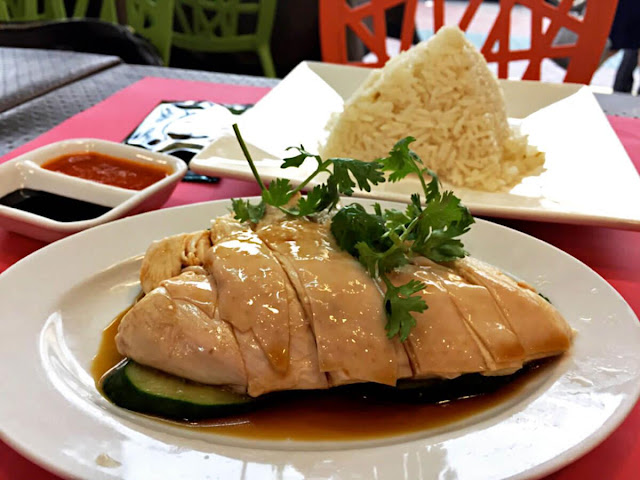Hot spring used to be a sacred place where people can cure their injuries and diseases in earlier time when they had little knowledge of health and had little medication. So please visit and enjoy onsen towns in Japan, you will see fantastic view. You will be relaxed and recovered and could have a treatment like the one at beauty salon.
Kusatsu Onsen
Kusatsu Onsen (hot springs) is one of Japan’s most popular hot spring resorts.Yubatake is known for the quality of its hot spring water which flows from one of the country’s three major springs. Another popular attraction is ‘Yumomi’, a traditional way of cooling down hot spring water by using large wooden paddles. A yumomi performance for tourists is held daily in the Netsu No Yu bathhouse next to the yubatake (admission 500 yen).
Yufuin Onsen
It is stretching at the foot of Mt. Yufudake in Oita. It is voted as the top hot spring area in Kyushu in many surveys and is popular especially among women. Accommodations are located in rural area for you to enjoy fantastic scenery. On the other hands, there are individual museums, fashionable restaurants and shops are found here and there most women would like.Beppu Onsen
It is located in Oita, Kyushu. The number of hot spring wells and the yield of hot water is the largest in Japan. There is a famous tour called Beppu Jigoku Meguri that you can see different type of Jigoku springs such as Sea Hell, Blood pond Hell, White pond Hell and Tornado Hell. You can have their specialty onsen eggs which are steamed or boiled in the hot spring water.Noboribetsu Onsen
Noboribetsu Onsen is the most famous onsen resort in Hokkaido and one of best onsen resorts in Japan. The hot spring naturally produces 10,000 tonnes of water a day. It produces 9 different types of spring water containing elements and minerals such as sulphur, salt, aluminium, mirabilite, melanterite, iron, acidic iron, alkaline and radium.Onsens are used as therapeutic baths to cure diseases and injuries, and over the past few years a great number of people have realised their benefits. Those who enjoy good health use onsens to rejuvenate their body and mind. It is highly recommended to stay in a traditional onsen ryokan.


















































